Early this month, I was back in Singapore for two weeks. I was invited to give a talk, in line with the ideas from my first cookbook Wet Market to Table, to students and staff from the departments of environmental studies, urban studies and anthropology at the National University of Singapore. I chose to share about the forgotten plants in Asia - vegetables/ nuts/ fruit that have fallen out of favour with the broader Singaporean population, but especially with those in my generation and younger.
Many of these plants can now only be found in Singapore’s wet markets; supermarkets don’t carry them because of a lack of demand and mainstream acceptance. Others, like Chinese fevervine, have completely disappeared from our markets and can only be found wild or in people’s backyards. This is daun kaduk, for example, an edible aromatic herb that is commonly confused with betel leaves and that lines many streets in Singapore (this was taken on my walk to the university):
The thing about talks and discussions is that they often stop at a cerebral level and don’t effect much immediate action - which is why I was glad to have some time with my audience a few days after the talk. I couldn’t think of anything apter than to go to the market together and cook communally. I wanted the group to be able to recognise an array of local edible greens at the market, learn how to prepare them, and taste them in a dish.
The dish we made together was nasi ulam, a herbed rice salad traditionally made by the Malays and Peranakans in Singapore, who used a wide range of herbs foraged from around their homes and cultivated in their backyards in order to harness maximal health benefits.
The idea of eating rice with a bouquet of herbs is not unique to Singapore - you’ll find variations of this throughout Asia (e.g. nasi kerabu in Peninsular Malaysia, htamin thoke in Burma and khao yam in Thailand). Because the fundamental concept behind the dish is a celebration of terroir or one’s sense of place, the variety of herbs in the rice salad would vary depending on where you go. Frankly, even in Singapore, I don’t believe two cooks would make nasi ulam with exactly the same array of herbs and vegetables - everything is dependent on what is abundant and fresh. It is the most ‘hyperlocal’ dish if there was any.
We went to Tekka market, but honestly there are so many markets around Singapore with a good range of ulam to choose from. A good heartland option is Hougang village - there’s a stall that carries kemangi (lemon basil), turmeric leaves, laksa leaves, ulam raja, ginger flower and more (see pictures above).
The hard work associated with nasi ulam mainly comes from stripping the herbs from their stems and slicing them. Some of these, like kaffir lime leaves, are fibrous so it makes sense to slice them thinly, but for the most part, fine knifework makes for a more refined or ‘senonoh’ dish. It is said that when a bibik (older Peranakan lady) was looking for a prospective daughter-in-law in the past, she would request for nasi ulam to be cooked to determine if the young woman had the markings of a virtuous wife.
It was such an amazing feeling to see a room of 25 people of all ages, each with a different ingredient in hand, prepping a single dish together. Some of the herbs and vegetables we had were ginger flower, turmeric leaves, gotu kola, kaffir lime leaves, ulam raja, kemangi, pennywort, cucumber, wing beans, long beans and laksa leaves.
To flavour the rice salad, there would usually be toasted coconut (kerisik) with some element of seafood - salted fish or salted shrimp. However, because we had vegetarians and vegans in the room, we kept the rice entirely seafood-free. Here’s some coconut-toasting action:
To stain the rice yellow, we tossed it with finely sliced strips of turmeric root:
Then the sliced herbs, vegetables and toasted coconut powder went in:
To accompany the nasi ulam, we ordered in an assortment of dishes from the excellent and always reliable Hjh Maimunah - sambal stingray, jackfruit curry, goreng pisang, beef rendang etc:
I initially worried that the flavours of the nasi ulam would be too foreign (ironically) to the younger ones, but everyone really embraced the entire feast and dug in:
It was such an incredible experience. To have students come up to me at the end of the night and say how they were inspired to make regular trips to the market, or to have the older ones tell me how long it’s been since they’ve had a hand in preparing nasi ulam was just so heartwarming! I truly felt encouraged in my efforts to help keep this food culture alive. Thank you NUS-Yale for having me and Professor Anthony Medrano for making this happen (and documenting the night so beautifully!) 🧡
For those of you living in Singapore who want to taste the dish for yourself, there’s a hawker stall at Siglap called Chendol Melaka that sells the dish. Best eaten with the fish head assam pedas from the nasi padang stall next door 😛

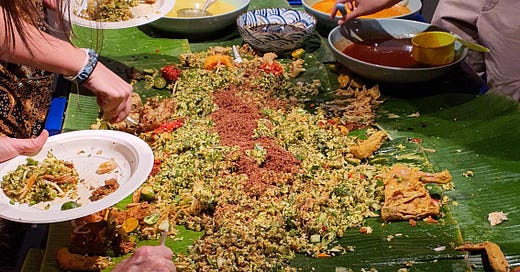


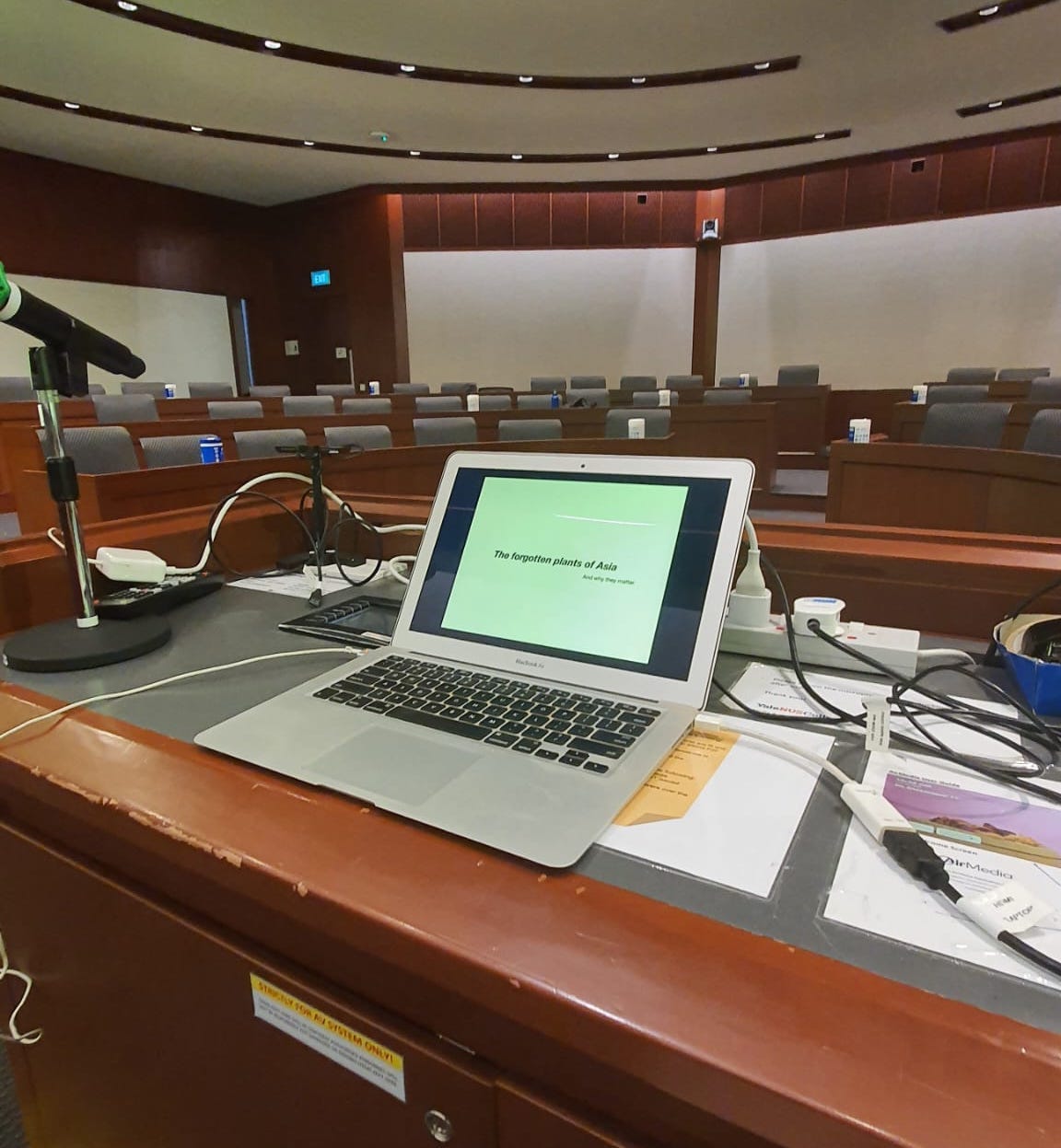
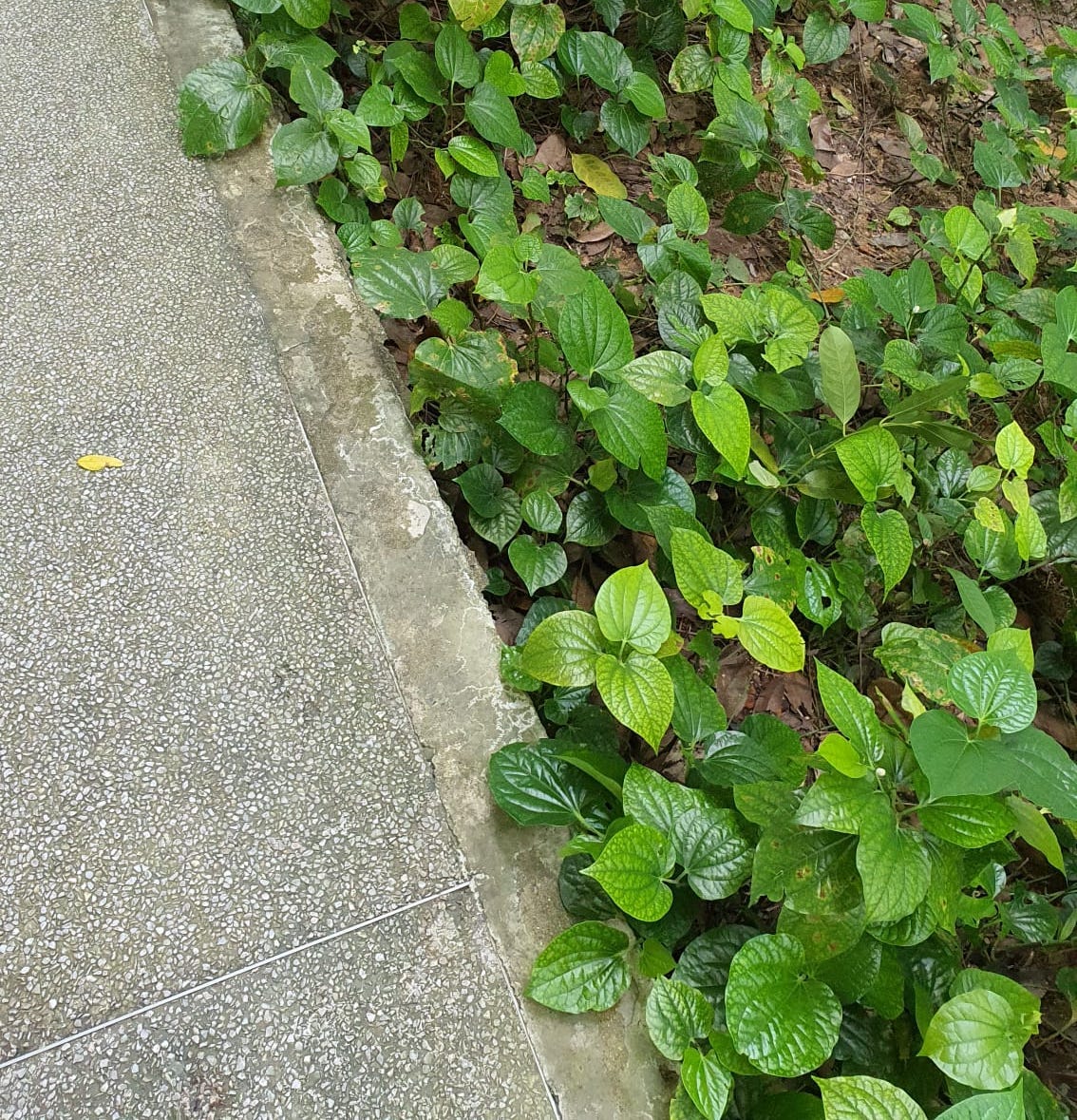

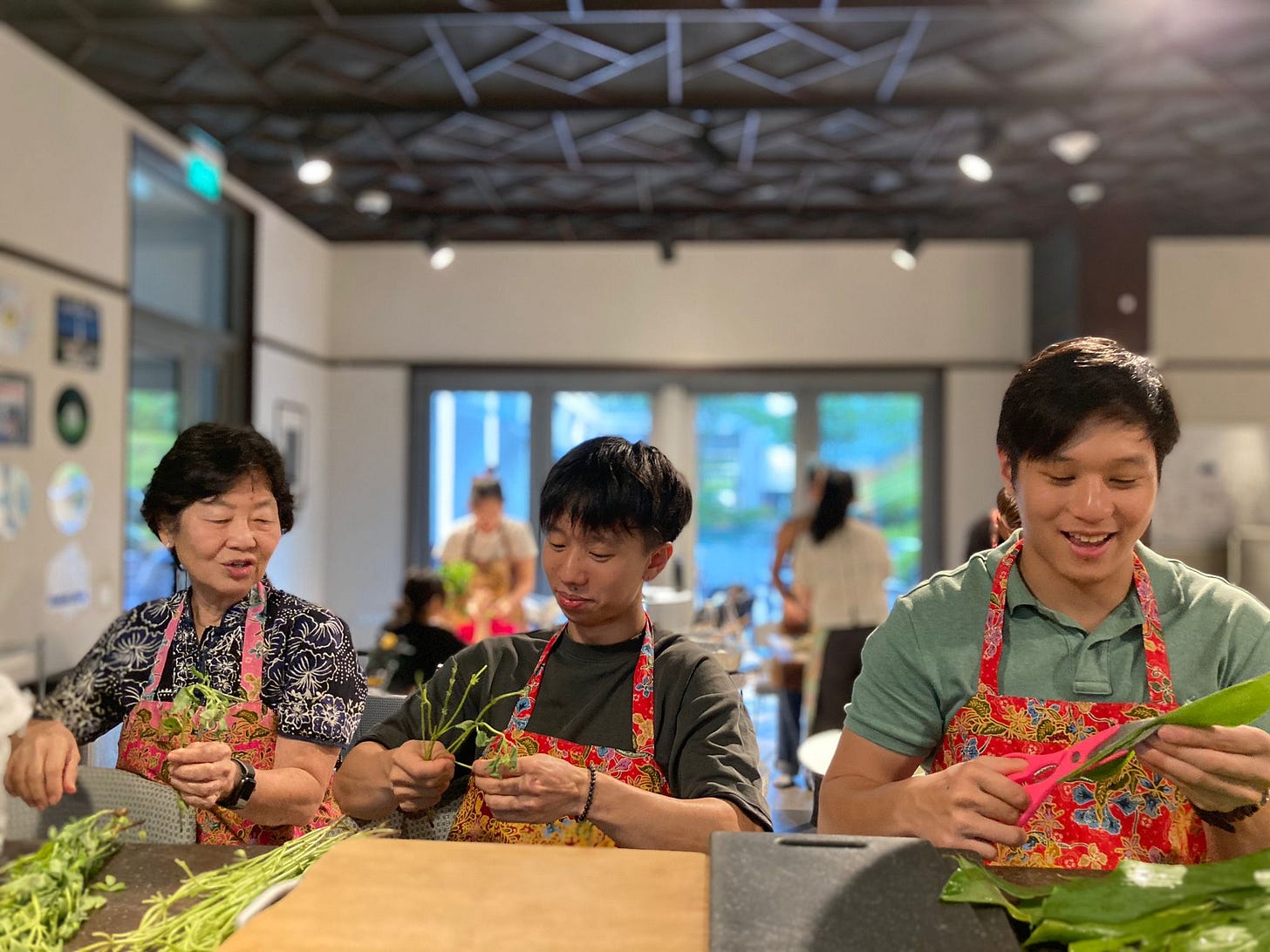
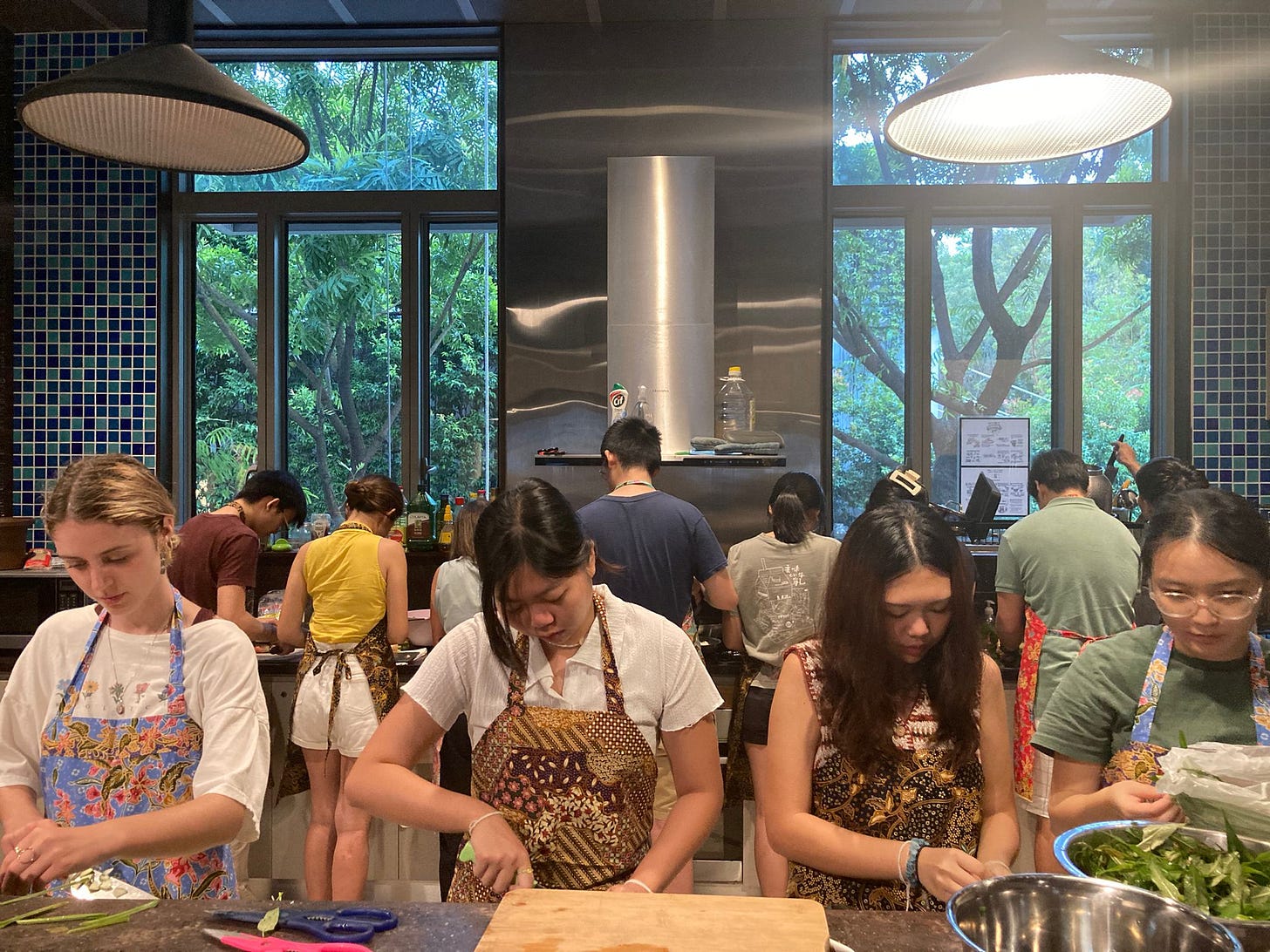
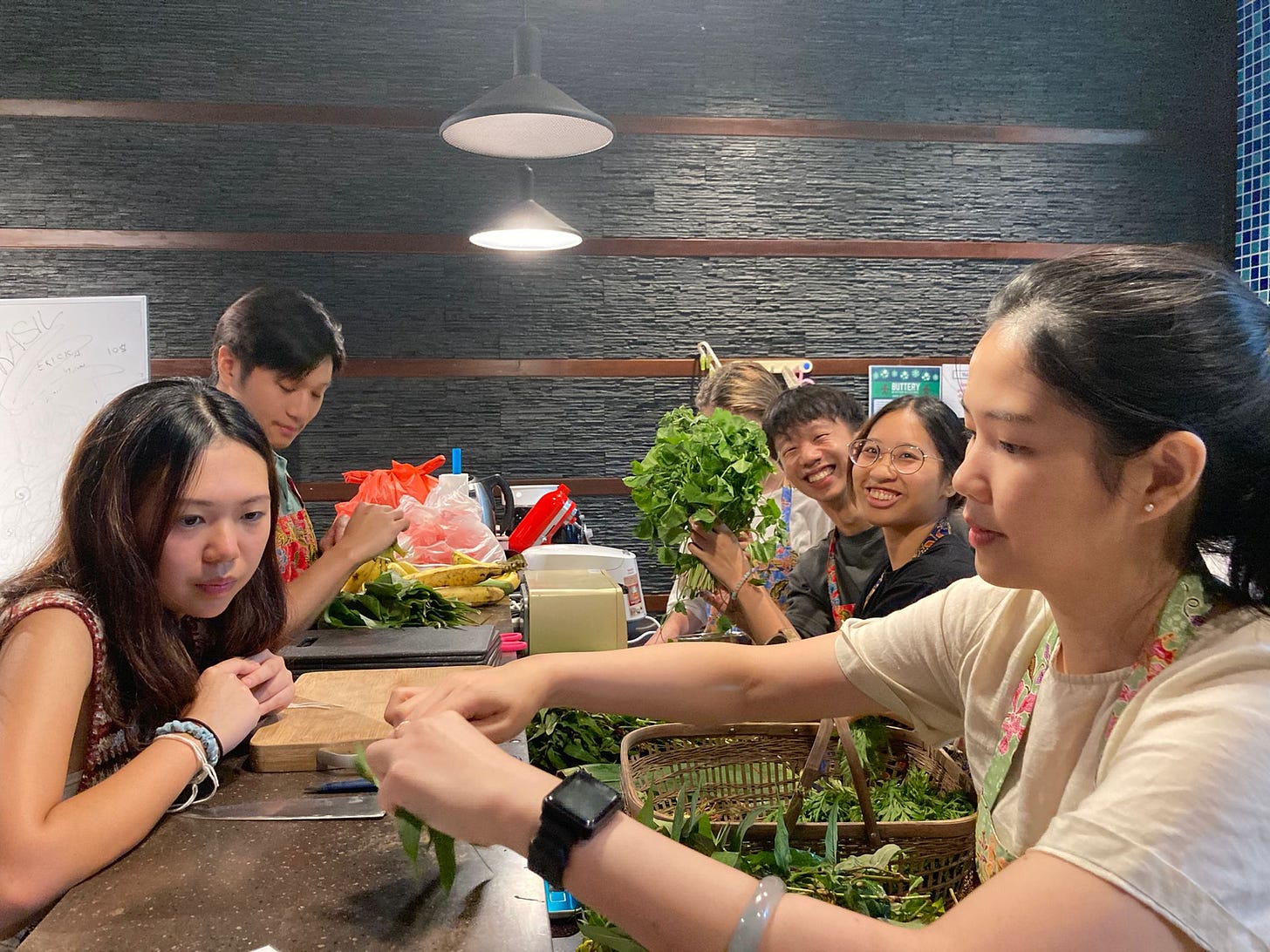

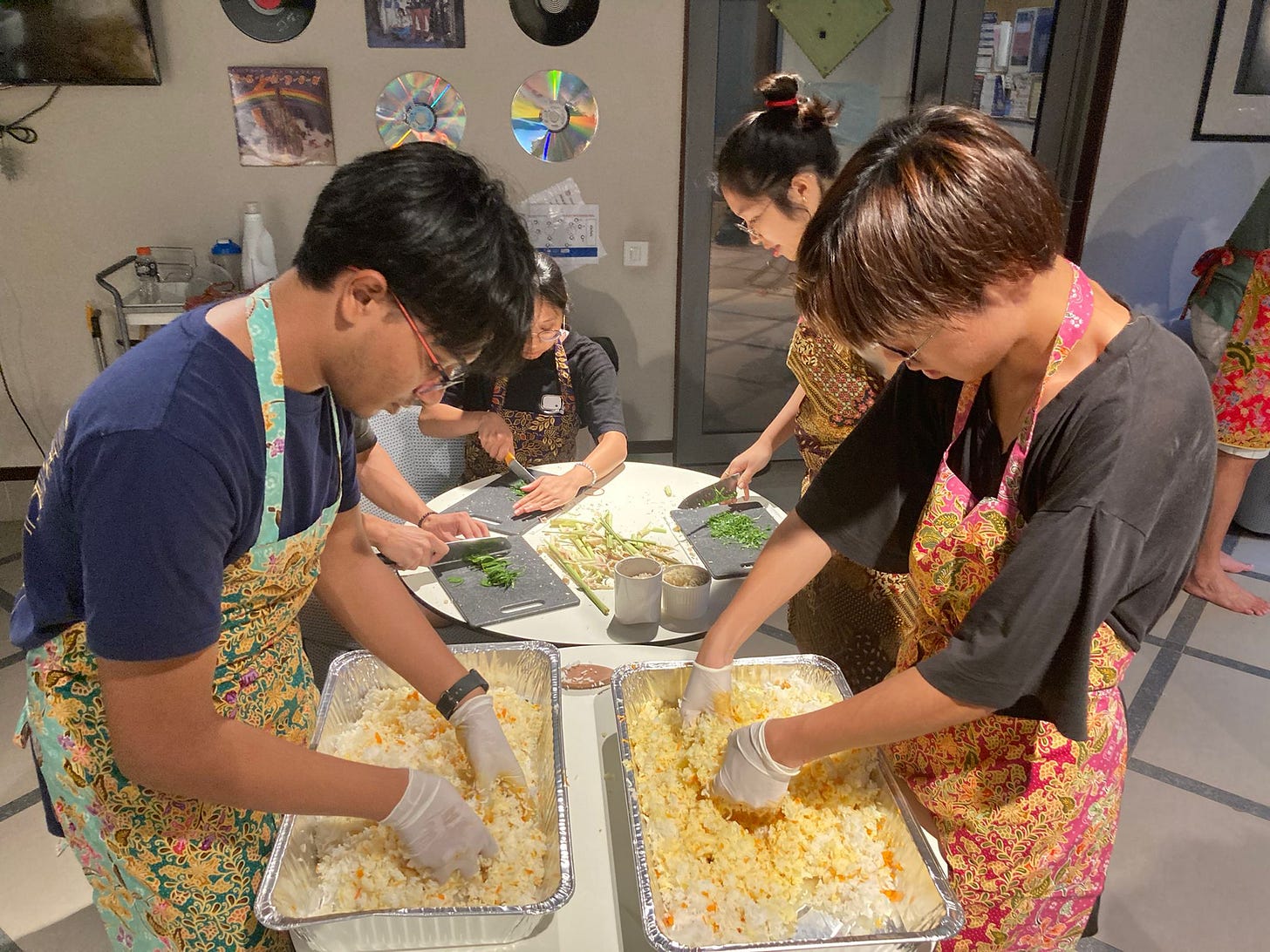


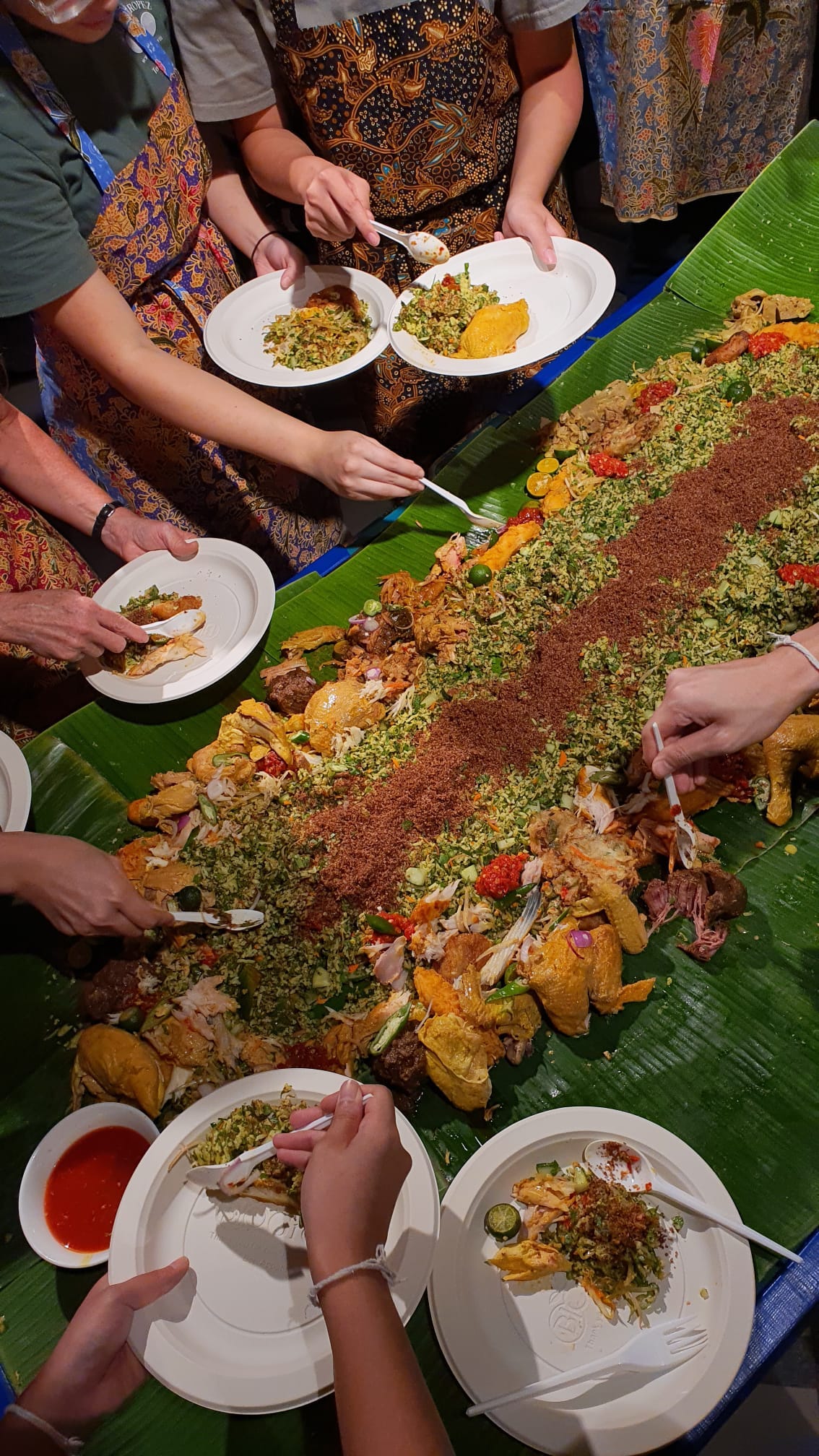


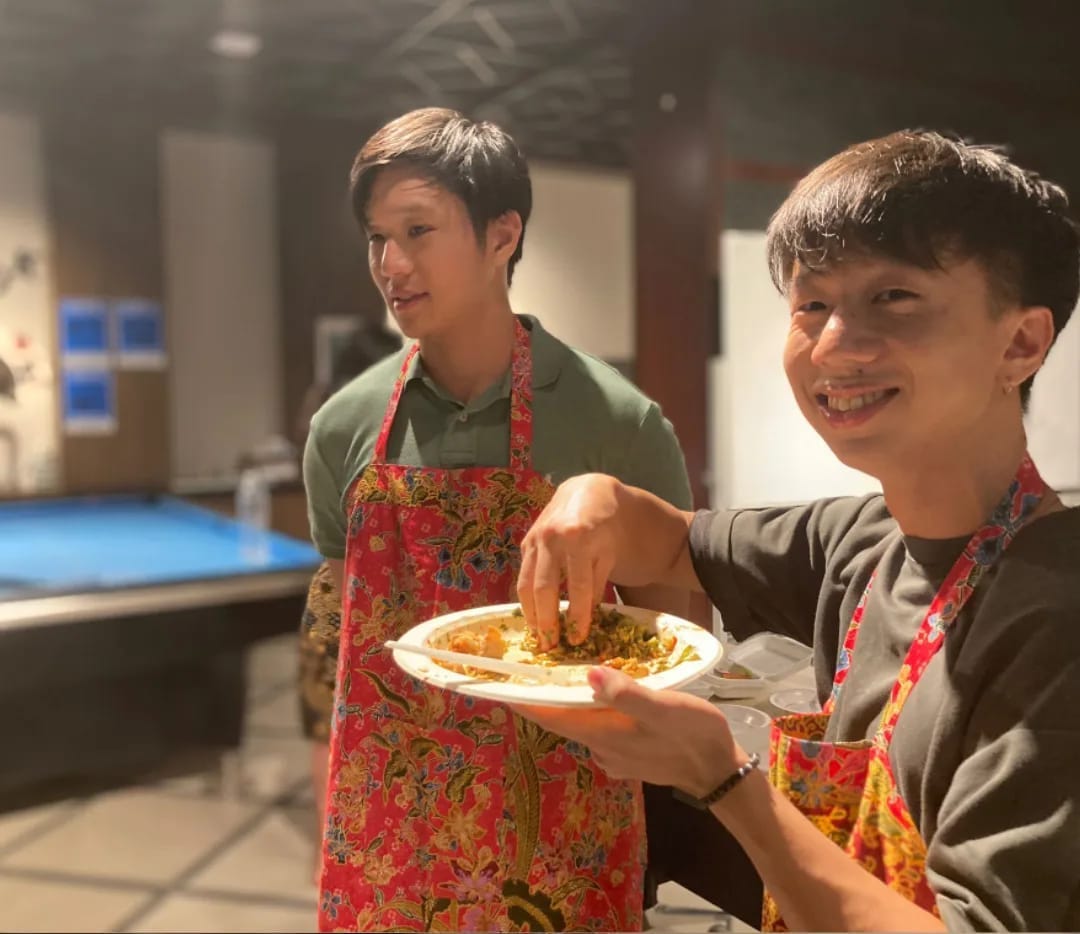

What a great thing to do! Sharing knowledge and food in such a positive way.
That nasi ulam looked more interesting than any fine dining dishes I've seen.